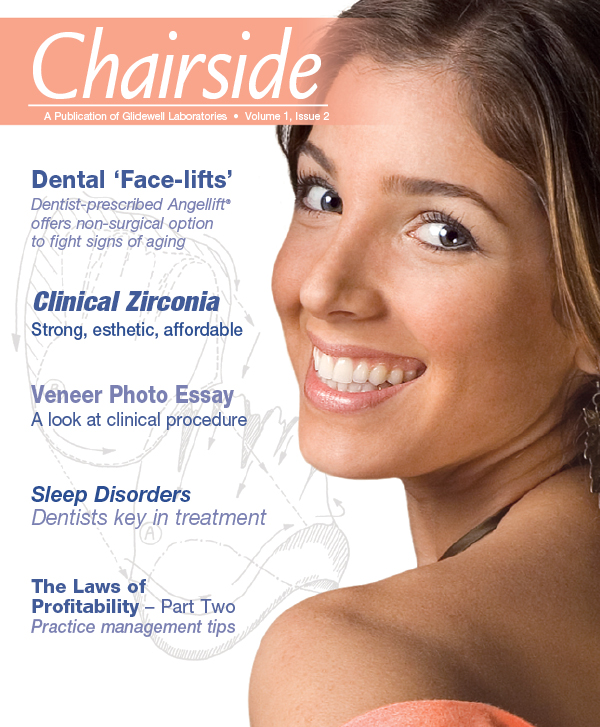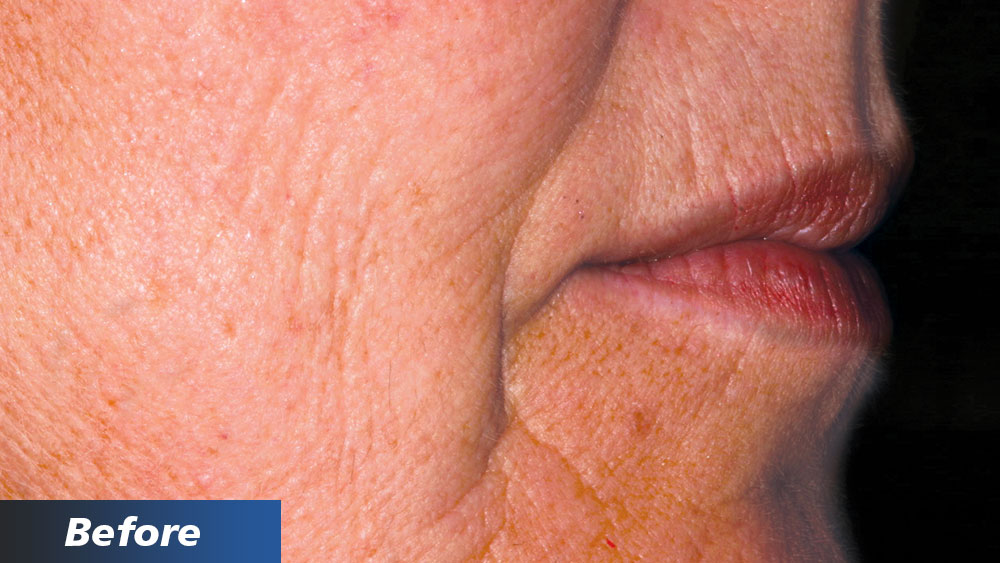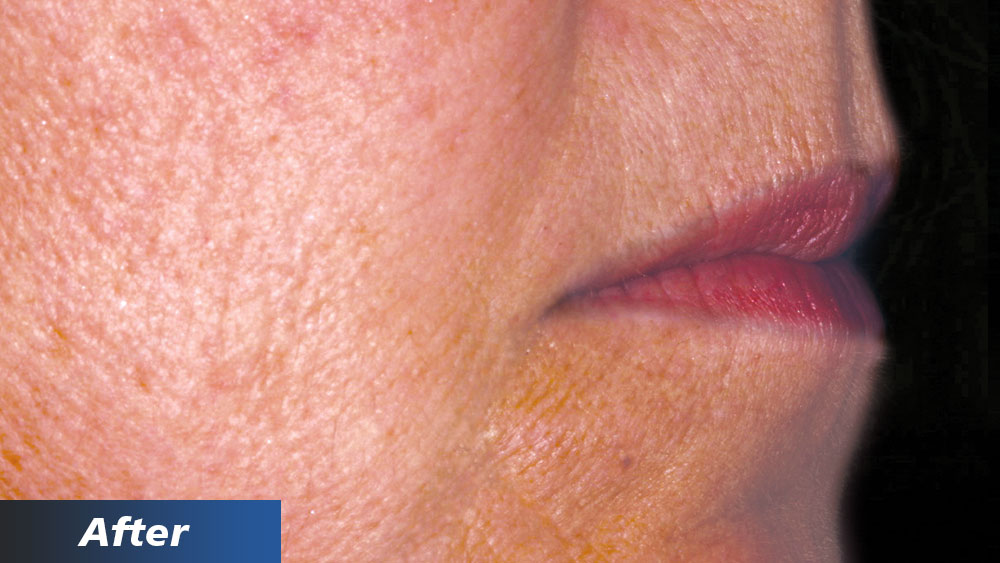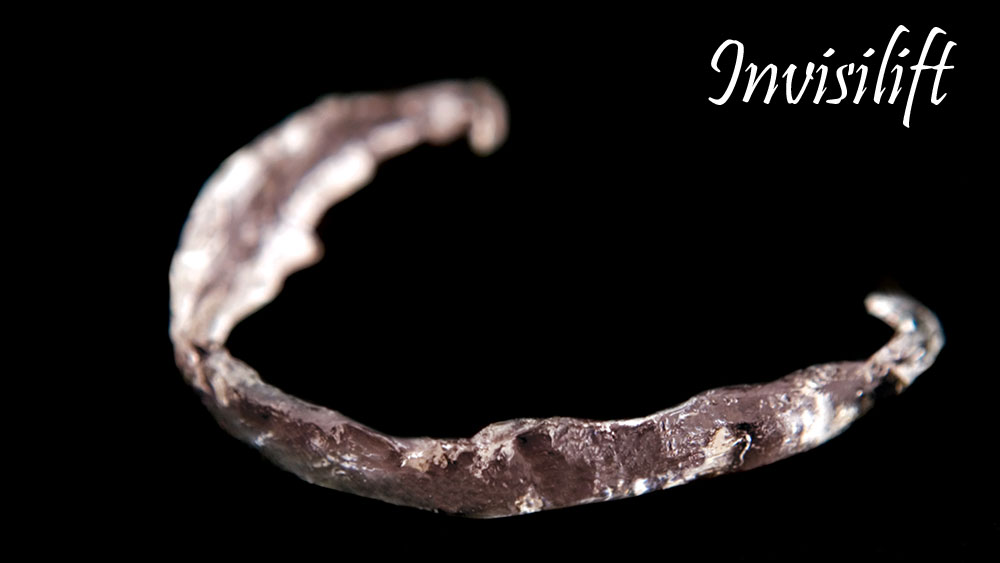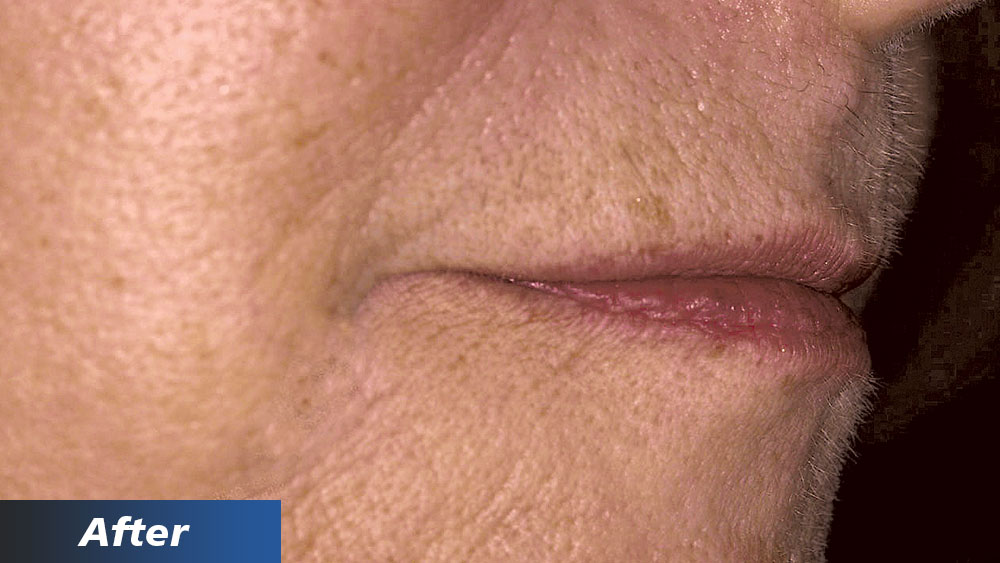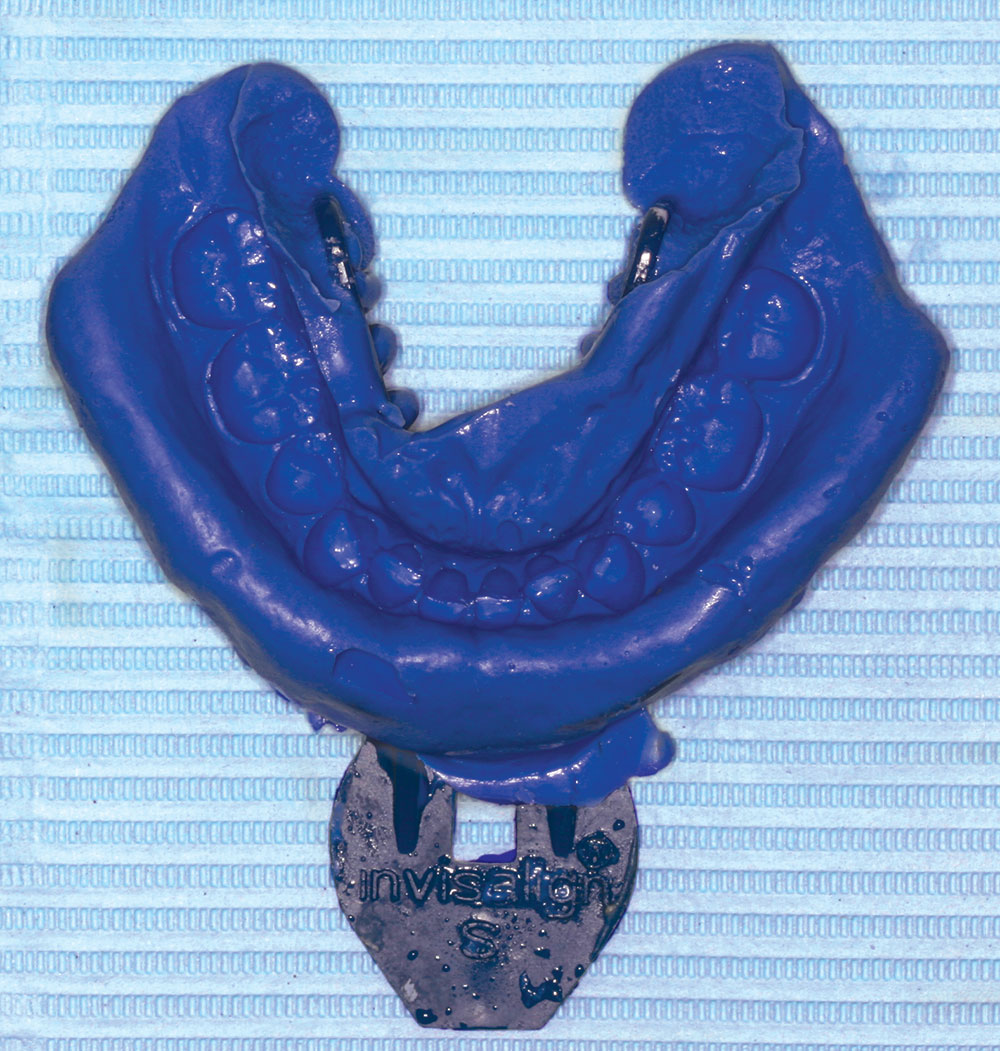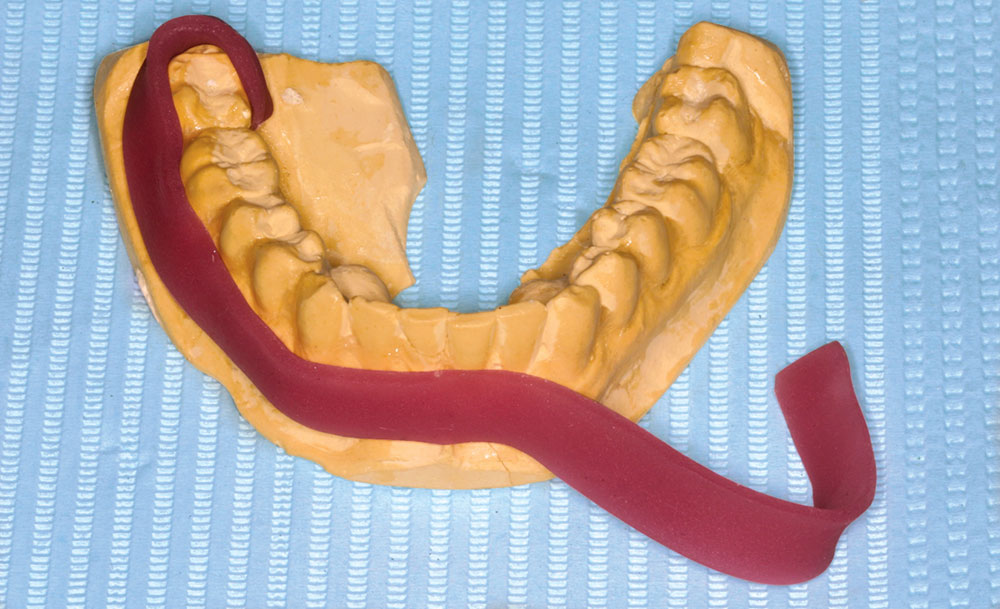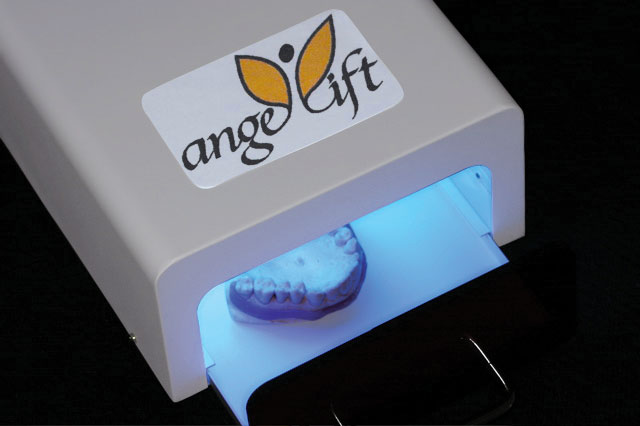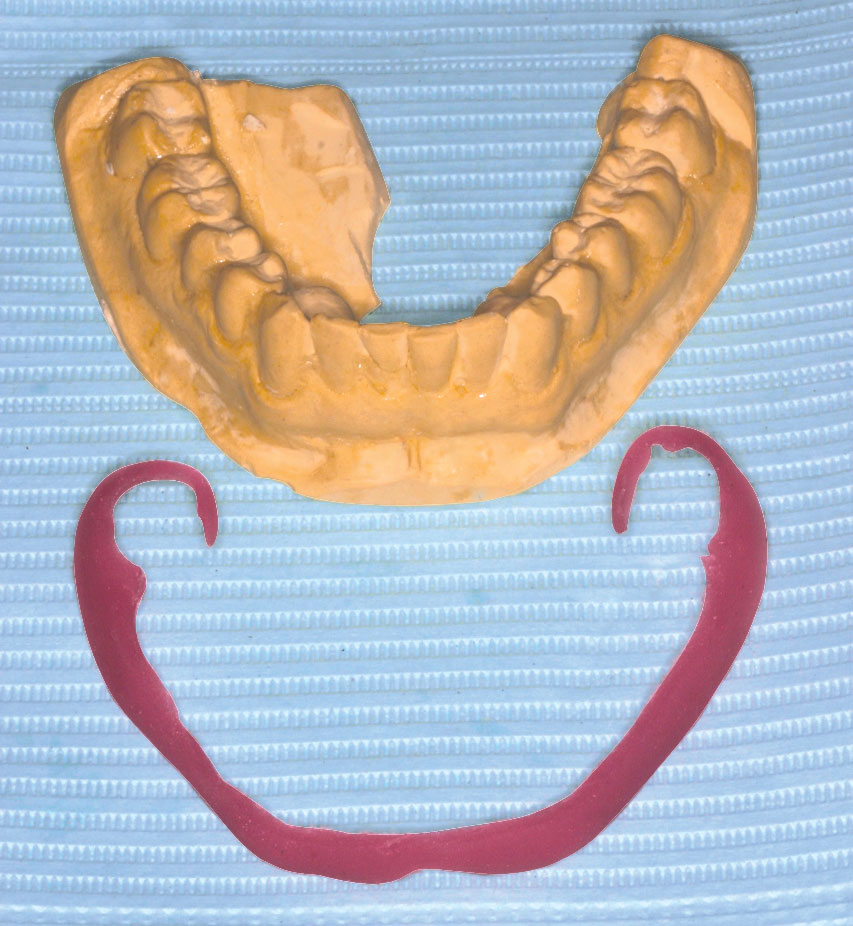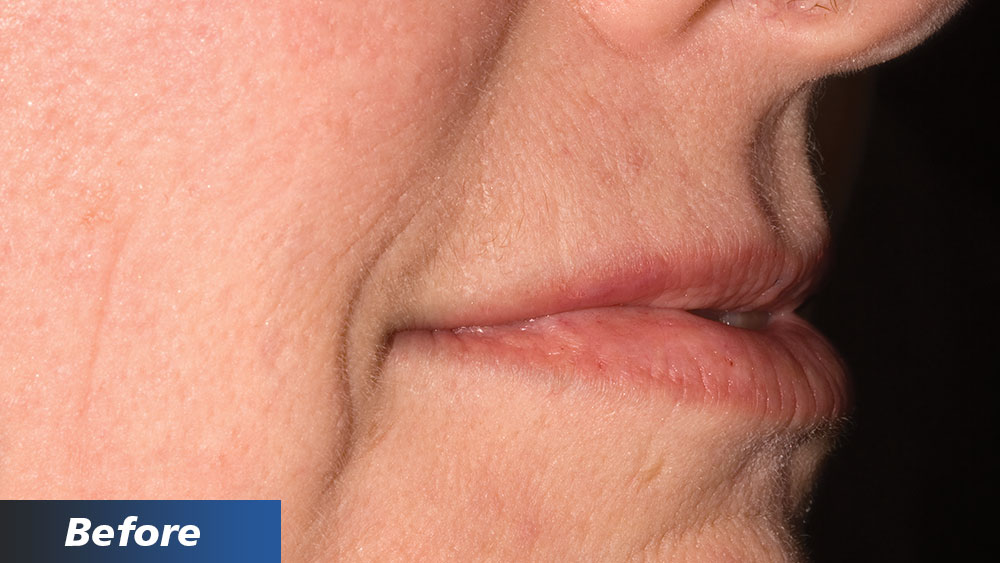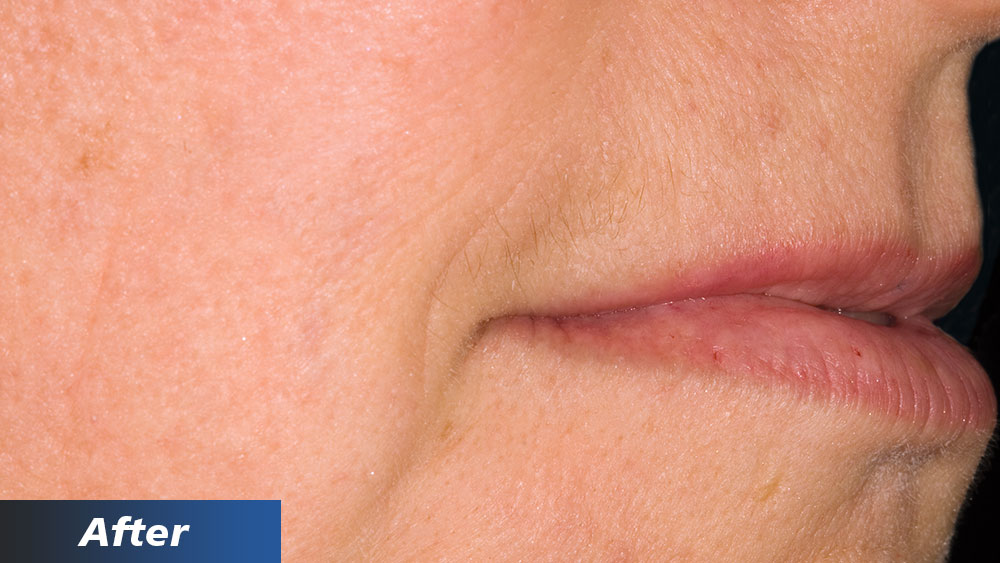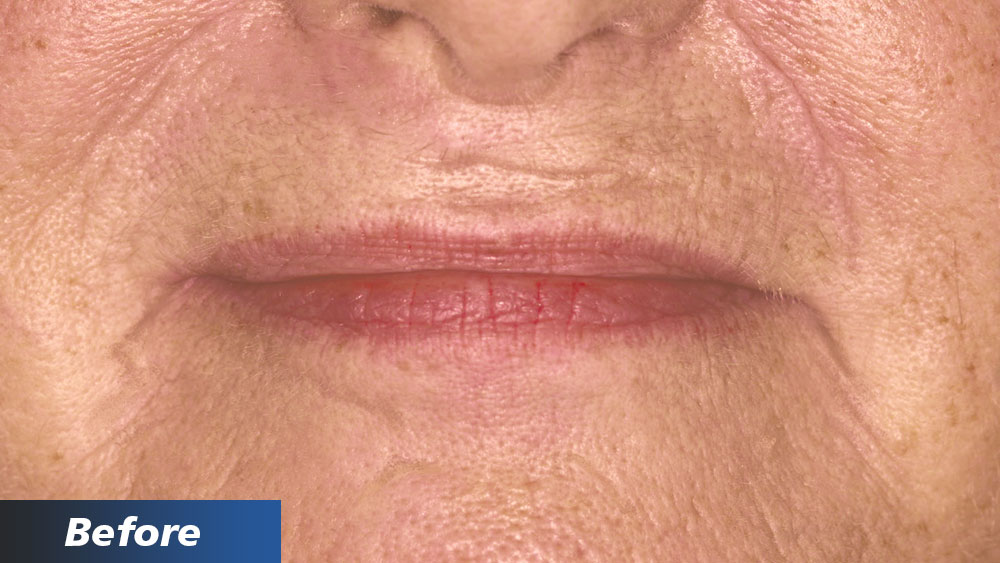AngelLift®: Noninvasive “Face-Lift” for Your Dentate Patients

We repair teeth, we whiten teeth, we create teeth, we sculpt them and we augment them. Unfortunately, much of our beautiful work hides behind our patients’ wrinkles. AngelLift® offers an effective solution to this problem.
Our patients come to us not just to improve their appearance to the world, but also to improve how they feel about themselves. Smiling is their way of admiring our work, which is amazing. But all too often, the wrinkles around the mouth and lips draw all of the attention.
Why AngelLift?
Until now, our patients sought after expensive, painful, irreversible and sometimes dangerous methods to address this bothersome sign of aging.
This article will introduce you to the ultimate complement to the smile you’ve created. The best part about AngelLift is that it’s a noninvasive, nonsurgical cosmetic device.
Women spend more money on skin care and cosmetic products and services than dental veneers, teeth whitening and orthodontics combined. Should we consider techniques and cosmetic products that work outside the mouth? No. We should stop considering and start embracing.1
The success of the cosmetic industry may inhibit or damage self-esteem and personal relationships. The fields of plastic surgery and cosmetic dentistry, and the popularity of the keep-fit industry, attest to a widespread concern that wrinkles, shifting body fat and other “disfigurements.” It seem like concealing one’s age is a preoccupation of the Western world.3
Previously, there was not an intraoral device that provided support for the face. AngelLift changed the way I diagnose and treat a new patient. Going forward, I look beyond the teeth and the smile. In fact, I’m looking from the chin to the nose and from one cheek to the other. AngelLift provides noninvasive, pain-free, invisible and reversible “face-lifts” for dentate patients.
Dentists Should Take Note
As dentists, we witness dramatic changes in the cosmetic demands of our patients. “Whiter,” “brighter,” “straighter,” “younger-looking,” “more natural,” “age-defying” and “anti-aging” are words we all hear and read every day. Unprecedented numbers of patients now come to us seeking techniques and procedures recommended by friends, family or the media.
AngelLift is one of those unique devices and techniques that makes you feel younger and better about yourself. AngelLift is truly “Changing the Face of Dentistry®.” This innovative product allows us to offer our new, cosmetically motivated patients the best noninvasive, pain-free, invisible and reversible cosmetic facial care that today’s technology provides.
As dentists, we’ve received training in removable prosthodontics. Likewise, we already know how dentures, or “plumpers,” effect facial contours below the nose and above the chin. Where there is no support for the lips and face due to missing teeth, we know how to add a border-molded flange to lift and support the face.
This is what denture esthetics is all about. Dental prosthesis often adds to the cosmetic effect that the patient desires. This affects the desirable beauty, attractiveness, character and dignity of the individual.1 If experiencing these problems, a person might look younger with full dentures. There is almost no limit to what the dentist can create with them.2
Materials
This technique involves the use of a newly introduced device called AngelLift. The product utilizes patented technology and is also a FDA-registered intraoral prosthetic device. The best thing about AngelLift is that it’s noninvasive, custom-fitted and removable. When in place, it will reduce/remove facial wrinkles, aging lines and frown lines around the lip, chin and cheek areas.
AngelLift devices improve are senior scowl, hollow cheek, vertical lipstick lines, marionette lines and witch’s chin. Neither occlusion nor speech are affected. Even better, the patient barely notices that the devices are present in the mouth.
I can truly say that this product provides face-lift effects without having surgery, shots, bruising or healing time associated with invasive procedures.
Factors in Facial Appearance
In dentate patients, the lips rely on two types of support:
1) Intrinsic support from muscles, fibrous connective tissue and glands.
2) Support from underlying structures, such as the anterior teeth and associated alveolar bone.4,5
Normal facial appearance and skin tone depend on the proper position and functional length of the muscles that attach to the orbicularis oris.6 These include the zygomatic, quadratus labii superior, caninus, mentalis, quadratus labii inferior, triangularis, buccinator and risorius.7
Aging facial appearances take place due to the loss of support of these muscles, combined with laxity of subcutaneous connective tissue and fat atrophy. Deepening of the nasolabial fold, a drooping of the corners of the mouth, and a loss of vermilion border of the lips occurs as a patient ages. Occlusal wear and loss of vertical dimension makes the chin more prominent. In turn, the contours of the philtrum and mentolabial sulcus are altered.8
Other Considerations
Radiation from the sun and smoking cause the loss of elasticity and the formation of wrinkles. Often, smoking speeds up the skin-aging process by up to 10 years.9 Adding volume to the face helps all of these physical characteristics.10 The increased volume from the AngelLift® device reduces wrinkles. The devices do not make the lips any fuller. This may cause some inward rotation of the lips.
Dr. Irwin Smigel taught “nonsurgical face-lifts” for years. His technique helps reposition the muscles of facial expression, therefore restoring a youthful appearance.11 There is a close functional and esthetic interrelationship between the teeth, bone, gums and lips. The overall lip shape and facial profile results in the underlying support as well as the amount of lip tissue available.12
Clinical Indications
Many people get temporary BOTOX® injections (Allergan, Inc.; Irvine, Calif.) in order to achieve face-smoothing and face-lifting results. They pay upwards of $1,000 to $2,000 yearly, per lip area, for multiple treatments. Other people receive invasive plastic surgery procedures performed. The AngelLift devices are totally noninvasive and reversible. They are very cost-effective for the patient because they last for years.
This noninvasive device and technique serves more than the needs of the millions of people who simply wish to look younger. The AngelLift device helps hemophiliacs who desire a face-lift but who are unable to undergo invasive procedures. AngelLift is also a great alternative for patients afflicted with Bell’s palsy, who have a unilateral drooping at the corner of the mouth and are unable to smile.13
From a Medical Perspective
We can bulk-up the affected side on the AngelLift device and give a lift to their drooping perioral area. As their face returns to normal, the device can be reduced accordingly. Anyone with facial asymmetries from cancer surgery, and even angular cheilitis patients, benefit from the facial support provided by these devices.
I recommend that the dentist consider completing any oral surgery, in addition to any periodontal, orthodontic and restorative treatment, before offering the AngelLift device. This is important for the overall fit and comfort of the intraoral devices, especially if any treatment will change the contours of the most distal teeth (where the clasps will attach) and/or change the contours of the vestibule.
Patient Fitting
The following is an outline of the steps involved with the procedure. Keep in mind the complete detail of the description is available through Glidewell Laboratories or angellift.com.
The first of two visits can be accomplished using dental auxiliaries. The first visit involves taking an alginate impression of both upper and lower arches, even though you may only be making one AngelLift device. After following all recommended procedures, you will be capable of quickly and easily preparing a platform (Fig. 2) from stone models for the patient to try. These are unique to impressions taken for the AngelLift device, capturing vestibular roll, frenums and last molars (Fig. 1).
After light-curing the platform (Fig. 3), apply soft rope wax to the platform in designated areas for optimal lift. Thereafter, the platform will be ready. Ask your patient if they are ready for a temporary try-in (Fig. 4). Once you and your patient are happy with the proper amount of lift and the overall effects, the stone models, platforms and bite registration will be shipped to Glidewell for the manufacturing of your new AngelLift.
On the second visit, the patient is fitted with the device. This is done using the same fitting and adjustment techniques that you would for inserting any removable prosthetic device (i.e., Pressure Indicating Paste [Mizzy Inc.; Cherry Hill, N.J.]). After the patient’s approval, any modifications can be smoothed and polished.
Before and After Pictures
Take “before” and “after” photographs for your records. Also give the patient their copy, nicely presented with your business card, so they can tell others about you and their new AngelLift devices. When you take AngelLift photographs of your patients, consider limiting the border of the photograph from the nose to the chin. This is the primary area that AngelLift affects. Full-face pictures tend to have too much visual information, and the face-lift effects that we create are located only around the mouth area.
Photographs be underexposed and taken at minus-2 f-stops at a 45-degree angle, because this picture usually shows more of what we are able to accomplish with AngelLift. I like to use my Polaroid Macro 5 (Polaroid Corporation; Minnetonka, Minn.) at the 1X setting (with the right flash turned off) when I take my pictures from the patient’s right side. I use the same technique with my Canon digital camera.
Other Important Information
The AngelLift devices are not designed for eating, because if they are accidentally dislodged they could break under excessive biting forces. However, with a little creativity, one can choose softer foods that don’t require much force to chew. It is important to note that when the appliances are taken out of the mouth, the muscles and skin won’t let the face fall immediately back to its original form, which makes this transition less noticeable. This should be described to the patient along with precautions for keeping the devices away from excessive heat when they are out of the mouth.
For daily maintenance, rinse the devices under cold water. It is not recommended to soak them in commercial denture cleaners or mouthwashes, as this may impact the surface texture. On occasion, they may be placed in vinegar for 15 minutes, or in a proprietary AngelLift® cleaning solution. Because of their mostly convex design and because of their location in the vestibules, these devices are much easier to clean than other removable devices.
Pricing
The AngelLift device is refreshingly affordable to the dentist, at $79 each. AngelLift and Glidewell Laboratories offer comprises two models: AngelLift and InvisiLift®. The flagship product, AngelLift, is tissue-colored, and carries a six-month replacement warranty. It also has a set retail price of $349. InvisiLift, priced at $109, is clear in color and accepts manufacturing alterations such as ball clasps. The product carries a full one-year replacement warranty against failure due to defective materials or workmanship. The InvisiLift does not have a set retail price, thereby providing an attractive combination of pricing and configuration flexibility.
In order to offer either model, each dentist or surgeon is required to learn the AngelLift technique through a training seminar or DVD course. The retail value of the certification course is approximately $1,000. However, substantially discounted introductory pricing is available by contacting Glidewell or angellift.com. Glidewell Labs is offering the DVD training course for just $650 for a limited time. In conjunction with the special course pricing, we offer discounts on both devices. This allows for immediate profits and cost recovery from the course purchase. In addition, we will manufacture your first two AngelLift devices without charge. See the insert in this magazine to sign up for the DVD course.
Conclusion
Incorporating this new technique into a dental practice increases new-patient flow. It does not require the purchase of new equipment, nor does it involve significant doctor chairtime. AngelLift provides a noninvasive solution for many patients seeking improved facial appearance. Most of the process can be successfully completed by dental auxiliaries. Keep in mind that we are catering to our largest patient base: aging baby boomers. Like most people, they want to enjoy life by looking youthful and attractive for as long as possible.11
I personally also use both upper and lower AngelLift devices. Likewise, most of my patients and friends say that I look five to 10 years younger. My own experience is an excellent way to help me educate my patients.
Baby boomers in the U.S. supply an unprecedented demand for cosmetic surgery. This increased demand not only brings us new and unique patients, but also ensures our existing patient base. It addresses the wants of our society with cutting-edge technology and unmatched results.
Please visit angellift.com for overseas distribution and licensing.
References
AngelLift and InvisiLift are registered trademarks of Medical Matrix, LLC (San Diego, Calif.).
- ^Academy of Denture Prosthetics: Glossary of prosthodontic terms. J Prosthet Dent. 1977 Jul;38(1):66-109.
- ^Goldstein RE. Change your smile. Hanover Park (IL): Quintessence Publishing Co. Inc.; 1997. p. 248.
- ^Zarb GA, Bolender CL, Eckert S, Jacob R, Fenton A. Prosthodontic treatment for edentulous patients: complete dentures and implant-supported prostheses, 12th ed. St. Louis: Mosby; 2004. p. 30.
- ^Martone AL. Effects of complete dentures on facial aesthetics. J Prosthet Dent. 1964 Apr;14:231-55.
- ^McCartney JE. Prosthetic problems resulting from facial and intramural changes in the edentulous patient. J Dent. 1981:71-83.
- ^Woodbourne AM. Essentials of human anatomy. Oxford (UK): Oxford University Press; 1965. p. 216.
- ^Boucher CO, Hickey JC, Zarb GA. Prosthodontic treatment for edentulous patients. 7th ed. St. Louis: Mosby; 1975. p. 336.
- ^Tautin FS. Denture esthetics is more than tooth selection. J Prosthet Dent. 1978 Aug; 40(2):127.
- ^Dollemore D, Giuliucci M. Age erasers for men: hundreds of fast and easy ways to beat the years. Emmaus (PA): Rodale Press, Inc.; 1994. p. 340-1.
- ^Brandt F. The latest in facial rejuvenation. American Society for Dental Aesthetics, 27th International Conference on Aesthetic Dentistry, Bal Harbour, FL, 2003.
- ^Smigel I. The non-surgical face lift: restoring a youthful appearance by repositioning the muscles of facial expression. Contemporary Esthetics and Restorative Practice. 2000 Oct:12-4.
- ^Rifkin L. Creating Beautiful Smiles. Anti-Aging and Cosmetic Surgery Magazine. Issue 3.
- ^Univ. of Pittsburgh Medical Center. Available at: http://bellspalsy.upmc.com/Diagnosis.htm. Oct. 10, 2003.
- ^Plastic Surgery Research.info/American Dental Association/American Academy of Cosmetic Surgery/American Society for Aesthetic Plastic Surgery/Bologna Cosmoprof.

